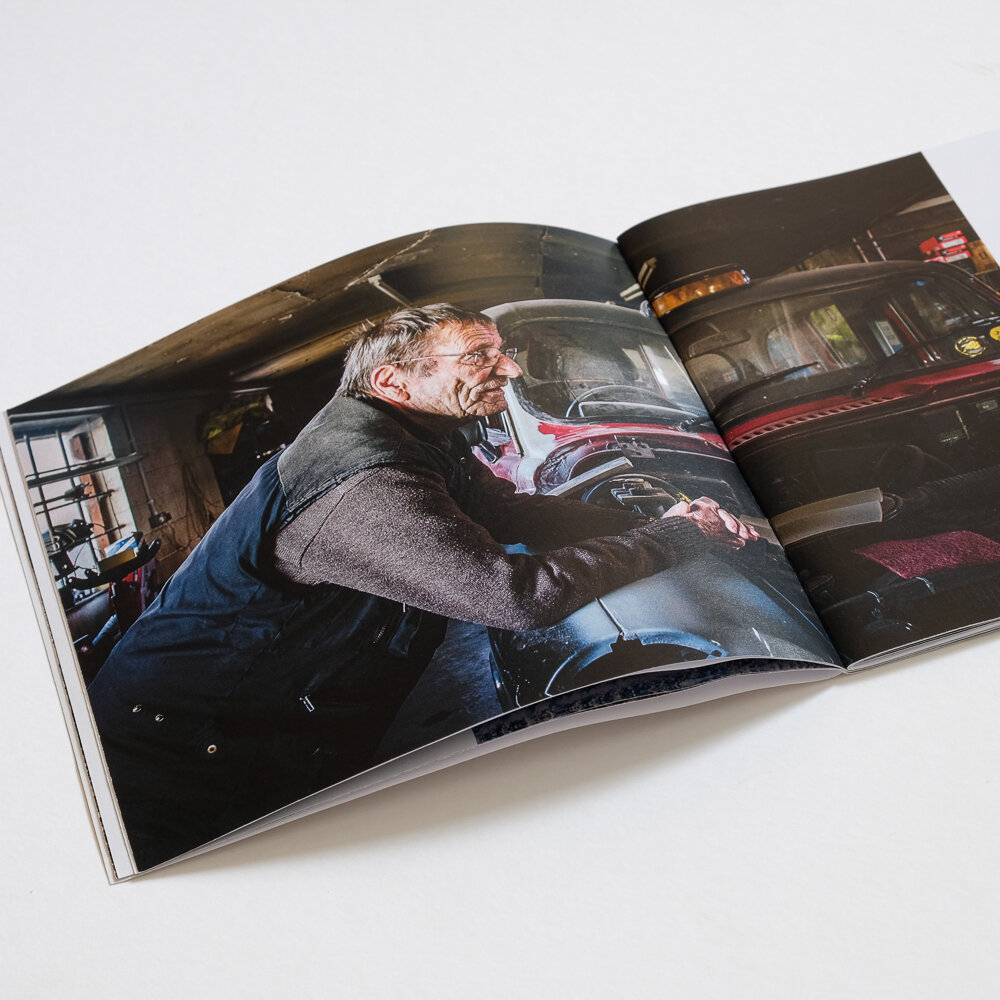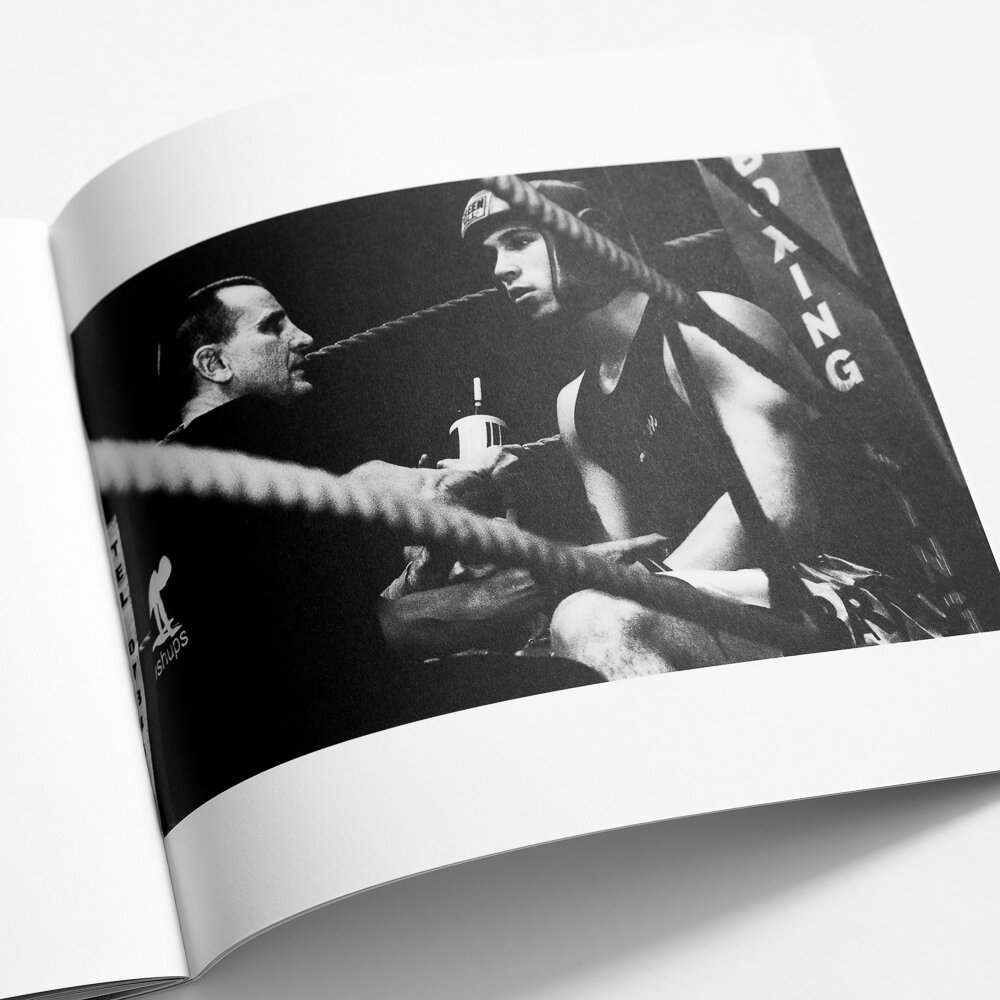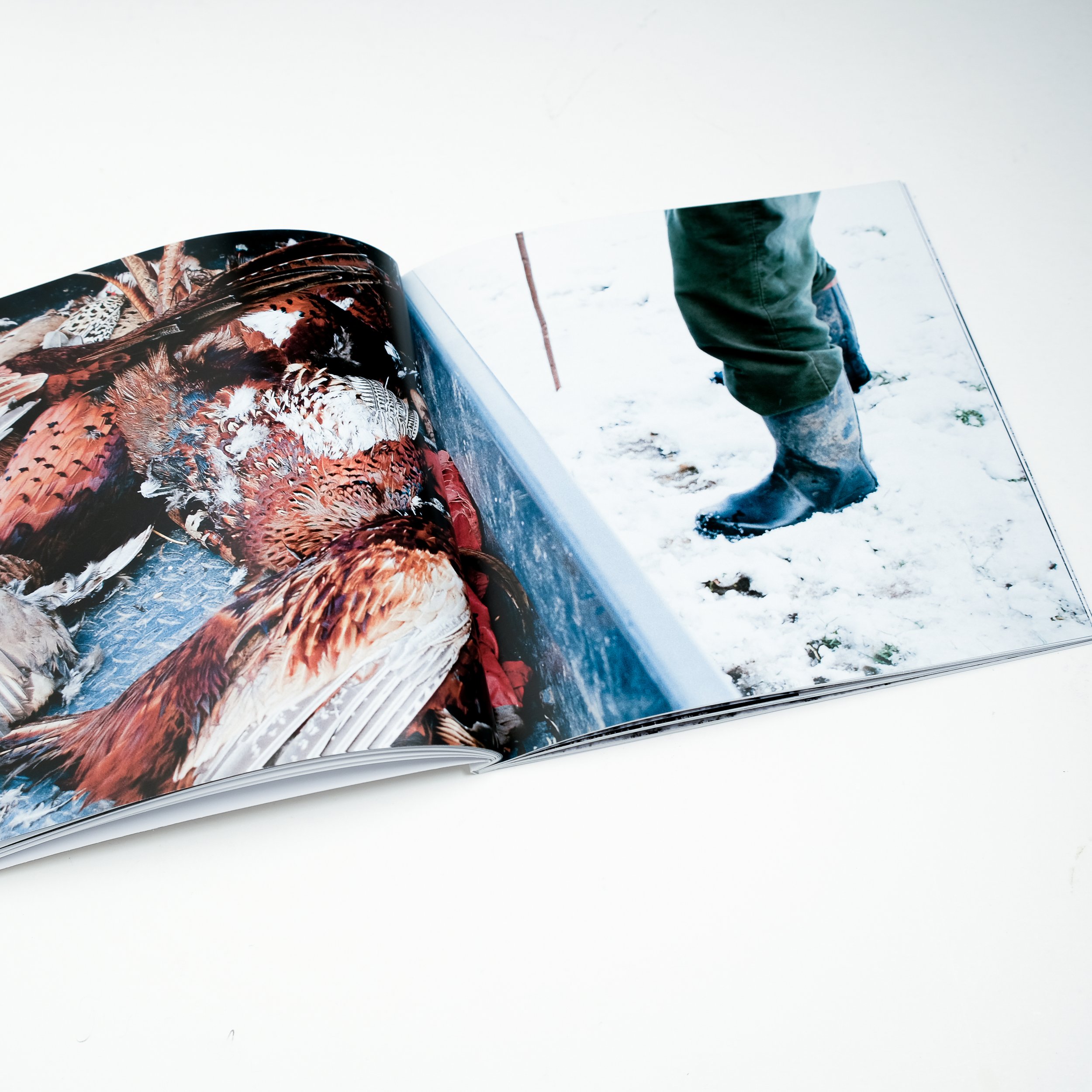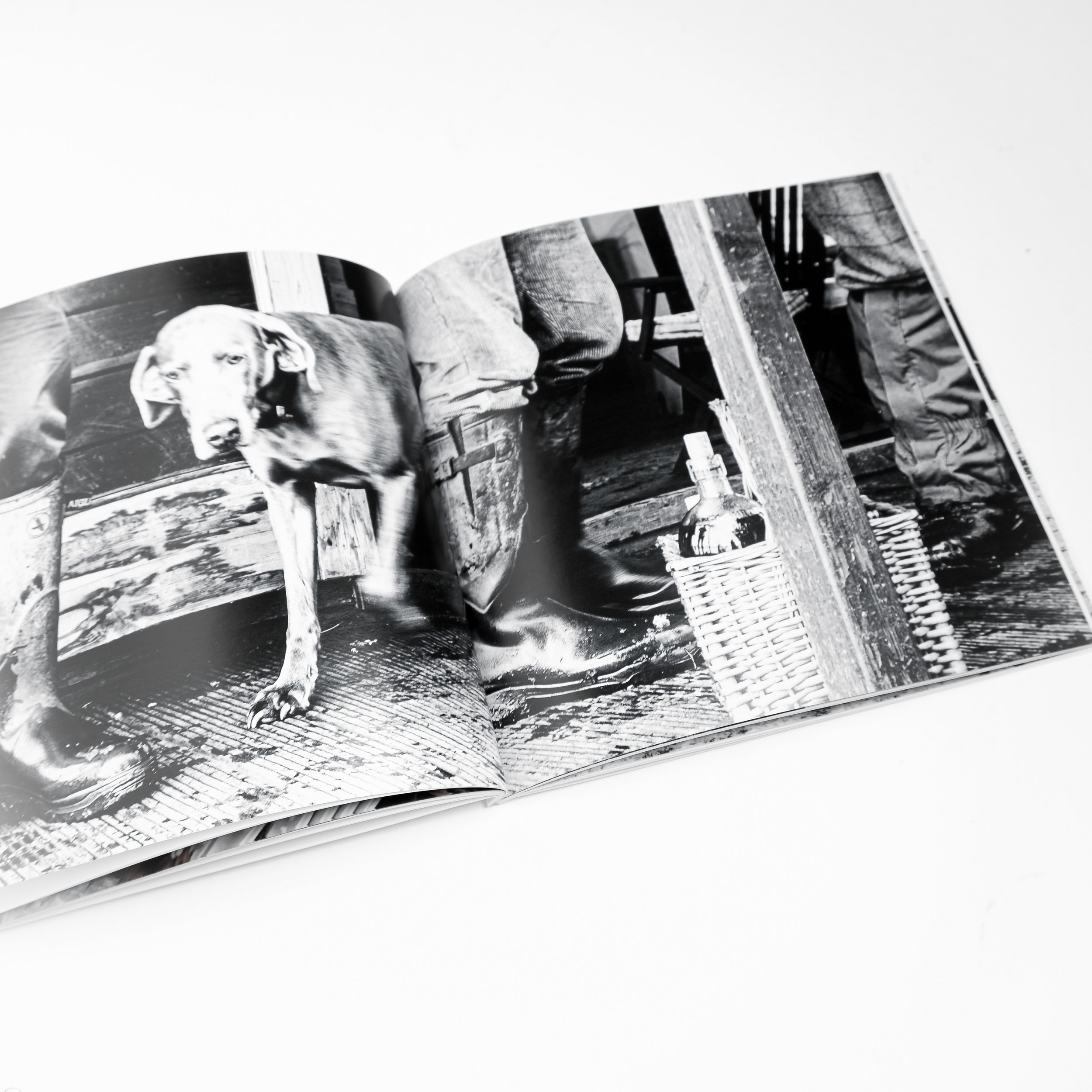Riggleback Books
RBB001 Rare Breed
RBB001 Rare Breed
In June 2012 I chanced upon the start of a pigeon race which led to me getting to know some of the members of the Springfield Homing Club who were good enough to give me an insight into their world.
It was reported in the local newspaper at the time that "the object of the Meeting was to discuss what steps could be taken for the formation of a Federation of Racing or Homing Pigeon Societies in the South West of Scotland". Representatives from Dumfries & Maxwelltown, Langholm, Annan, Lockerbie, Dalbeattie, Castle Douglas, Kirkcudbright, Wigtown and Whithorn Clubs and many individual fanciers were present.
The year was 1928. On the 11th of February at the Y.M.C.A. Institute in Dumfries eight pigeon racing clubs representing 200 members flying 1600 pigeons formed The Solway Federation of Racing Pigeon Societies.
Today eleven clubs make up the Federation, one of which is the Springfield Homing Club.
What turns men - and some women - into pigeon fanciers?
Should you inquire the answer isn’t for the money or the glamour but more likely for no other reason than ‘I’ve always done it’. If you push for more then you will get no clearer an answer. But if you watch and especially if you listen it is obvious. It’s family. It’s what you do. It’s what your father or your brother did. And on top of that there is also the thrill of the race. From the moment that the word goes out to say the race has begun the fancier wills his birds home until the first is sighted to be followed by a frantic rush to catch and stop the clock. That is why.
29 images
RBB002 Fell Garage
RBB002 Fell Garage
Independent businesses play a significant part in the life of small towns and villages. The services that they choose to provide and the manner in which they choose to do so will influence the community in many ways.
Fell Garage was established by Mr and Mrs John Houghton before the 1st World War on the A6 at the south end of Shap village. As well as a dealership for Royal Enfield cycles they offered petrol and a car for hire.
Mr Houghton died in 1943 and the business was bought by Ben Sayer and Morland Woof who established motor repairs. They also ran lorries and a taxi. They and their family ran it until 1987.
The last owner was Brian Crisp. Fuel sales became less viable and therefore only repairs were offered. The garage closed in July 2018 following the death of Brian.
Fell Garage is no longer a part of the fabric of Shap village.
26 images
RBB003 Holy Week
RBB003 Holy Week
The roads of Flanders in south west Belgium are to cyclists what Wembley turf is to footballers. Cycle racing is as important to Belgian sport fans as living and breathing . And if you are Belgian, the Ronde van Vlaanderen - a cycle race with a 100 year pedigree that criss crosses the region - is the grand daddy of all cycle races.
Beer, frites, mayonnaise and cobbles are important ingredients for The Ronde. Spectating can be tough work but those racing need to be as hard as nails just to be competitive on a course that is 260km long, takes over 6 hours and incorporates numerous cobbled climbs like the Oude Kwaremont, the Koppenberg and the ridiculously steep Muur.
It is difficult to appreciate how significant the race is. A few years back one of the cobbled climbs was 'improved' by the local council with a bit of tarmac. This made the front page in the National papers and the tarmac immediately removed. The legendary roads are sacred.
In Flanders there are only two types of people. There are those who worship the Flandriens and there are the Flandriens themselves.
The Holy Week hosts the last few races which culminate with The Ronde.
The Worshippers will eat frites, drink beer and celebrate everthing that is Belgian bike racing.
The Flandriens will suffer.
33 images
RBB004 Brook Street
RBB004 Brook Street
At the end of Brook Street in Barrow-in-Furness you will find the home of Barrow Amateur Boxing Club.
These images were taken in 2010 and 2011 in relation to the project ‘Capturing Cumbria’s Voice’ - an audio visual project giving an insight into the lives of a variety of Cumbrians.
Two of the boxers included in these images, Liam Convey and Ross Cooksey, have sinced turned professional.
With thanks to Jeff Moses, head boxing coach at the Club, for his support in this project.
Jeff’s dedication to the Club has provided purpose and grounding for many young people in the Barrow area.
27 images
RBB005 The Last Shoot
RBB005 The Last Shoot
The common pheasant, Phasianus colchicus is a bird in the pheasant family (Phasianidae). The genus name comes from Latin phasianus, "pheasant". The species name colchicus is Latin for "of Colchis" which is modern day Georgia, a country on the Black Sea where pheasants became known to Europeans. Although Phasianus was previously thought to be closely related to the genus Gallus - the genus of junglefowl and domesticated chickens - recent studies show that they are in different subfamilies, having diverged over 20 million years ago.
Pheasant shooting is the activity of shooting the common pheasant. It takes place in the United Kingdom and is also practised in other parts of the world. Shooting of game birds is carried out using a shotgun, often 12 or 20 bore.
Pheasants are shot on the traditional formal "driven shoot" principles, whereby guests or paying guns have birds driven over them by beaters and on smaller "rough shoots" by other methods. The open season in the UK is from 1 October to 1 February, under the Game Act 1831. Generally they are shot by guns employing gun dogs to help find, flush and retrieve shot birds. Retrievers, spaniels, and pointing breeds are used to flush pheasants.
One of Westmorland’s last shoots of the season took place on the 31st of January 2015.









































